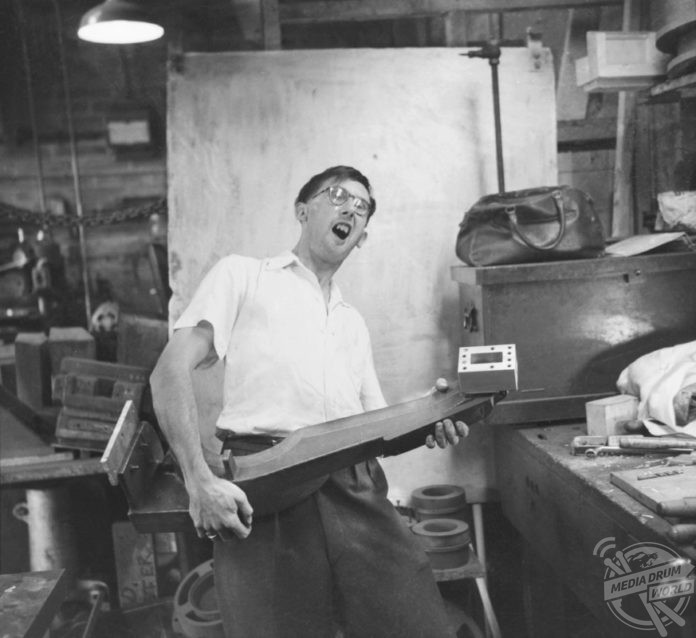By Mark McConville
INCREDIBLE images have revealed a group of British foundry workers enjoying themselves on the factory floor during the 1950s despite the heavy duty work during the REAL austerity of post WW2 Britain.
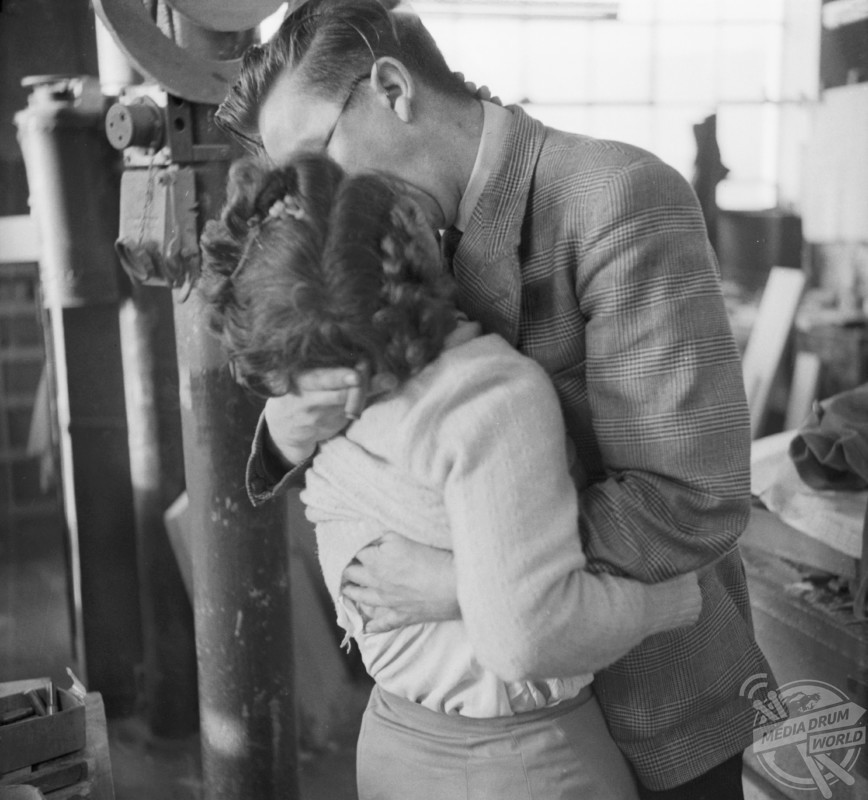
TopFoto / Retronaut / mediadrumimages.com
Despite the hardships endured by workers during this period, where many returned from war only to face a nation devastated by the Blitz and rationing still in place, the stunning photos show workers dancing on the shop floor, smiling for the camera and even kissing each other.
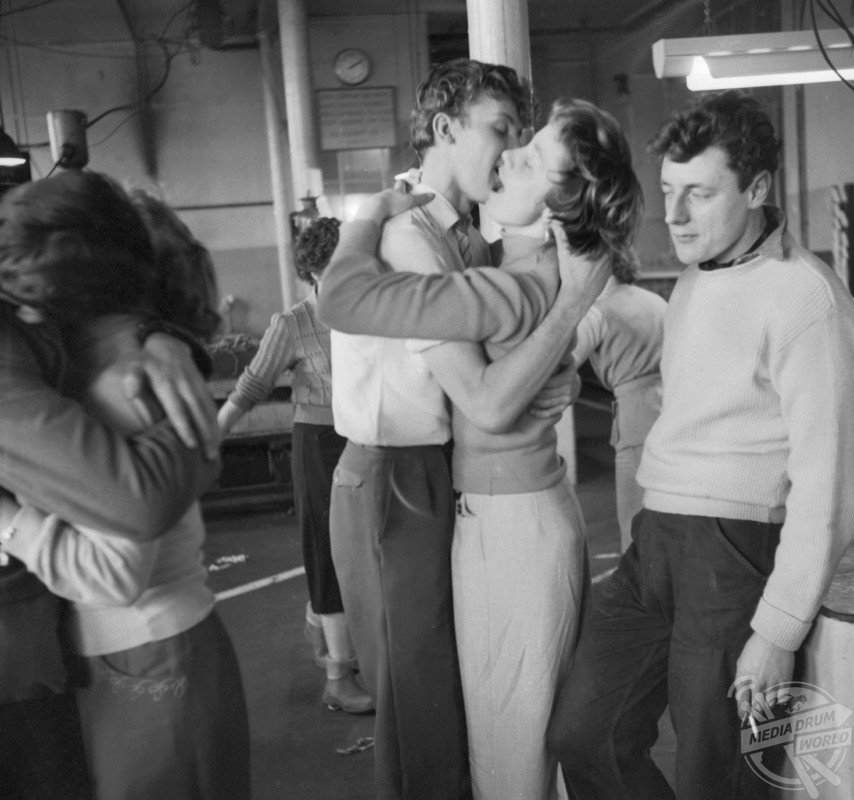
TopFoto / Retronaut / mediadrumimages.com
In contrast to our often sombre modern office-environments, these light-hearted shots show the comradery of these factory workers, with one woman pulling up her skirt to reveal a stocking-ed leg, a man pretending to play a piece of equipment like a guitar and workers laughing and joking with each other.
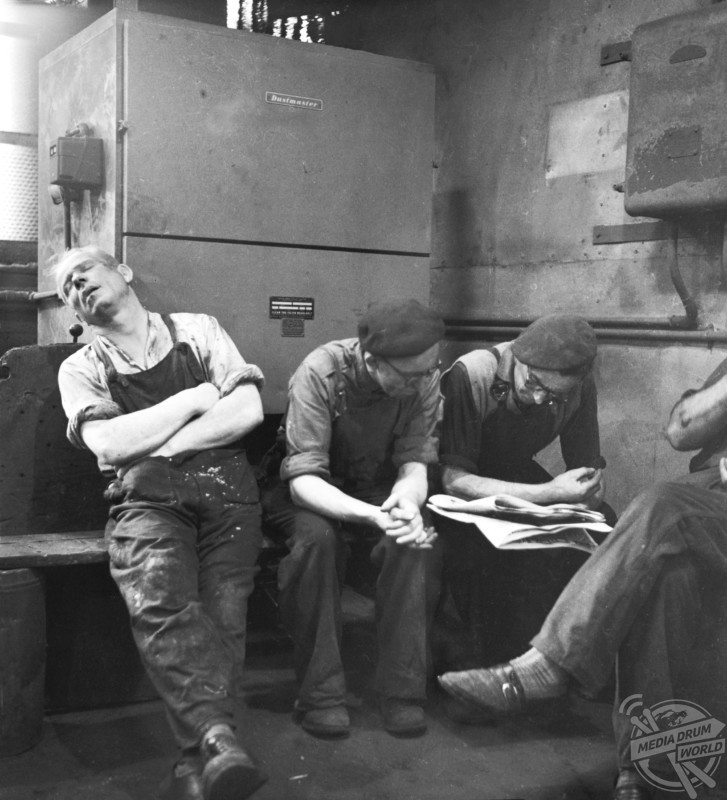
TopFoto / Retronaut / mediadrumimages.com
Some of the photographs were taken in the foundry pattern shop of long gone CVA No1 factory on Portland Road Hove. The remaining photos are thought to have been taken in the CVA No3 factory in Coombe Road Brighton. The building is now the Big Yellow Storage Company.
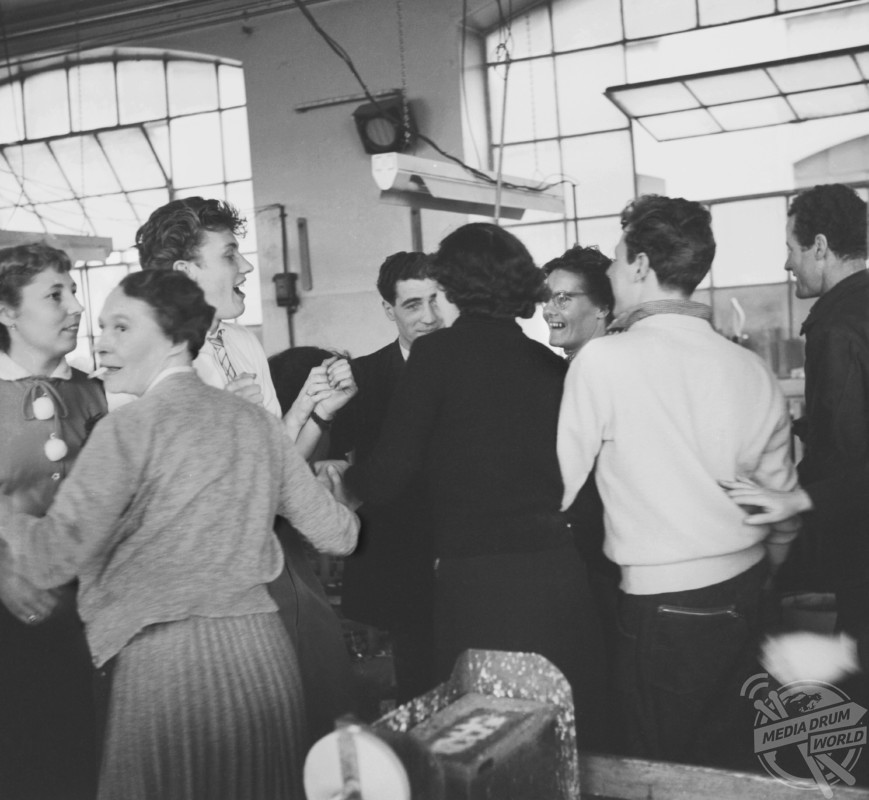
TopFoto / Retronaut / mediadrumimages.com
The vintage snaps seem to perfectly capture the spirit in post-war Britain as the population worked hard and played hard to get the country’s economy going again.
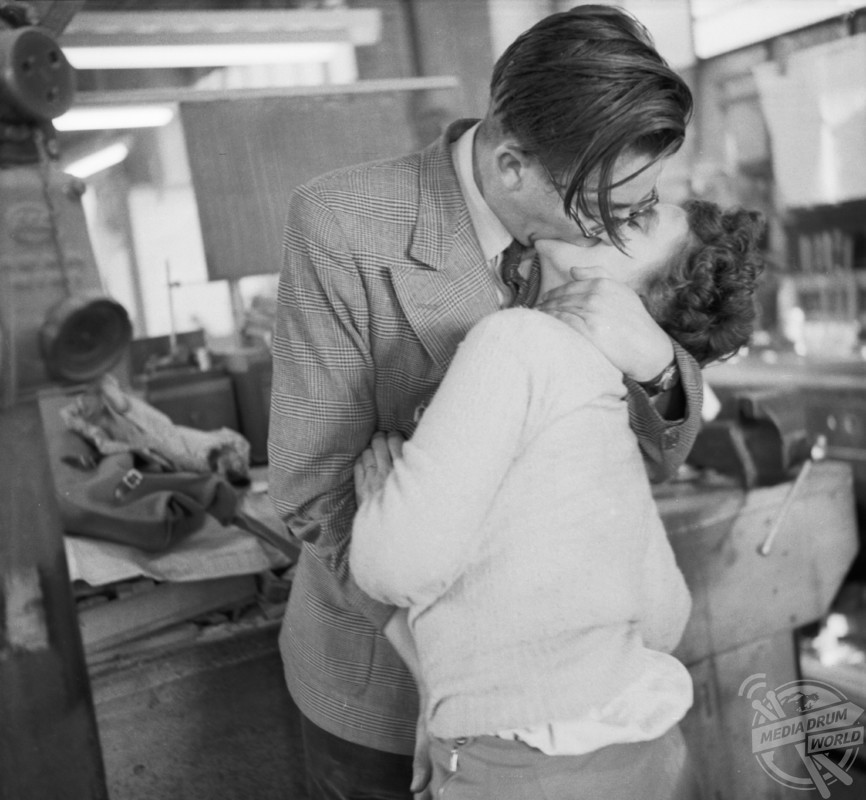
TopFoto / Retronaut / mediadrumimages.com
A foundry is a factory that produces metal castings. Metals are cast into shapes by melting them into a liquid, pouring the metal in a mould, and removing the mould material or casting after the metal has solidified as it cools.
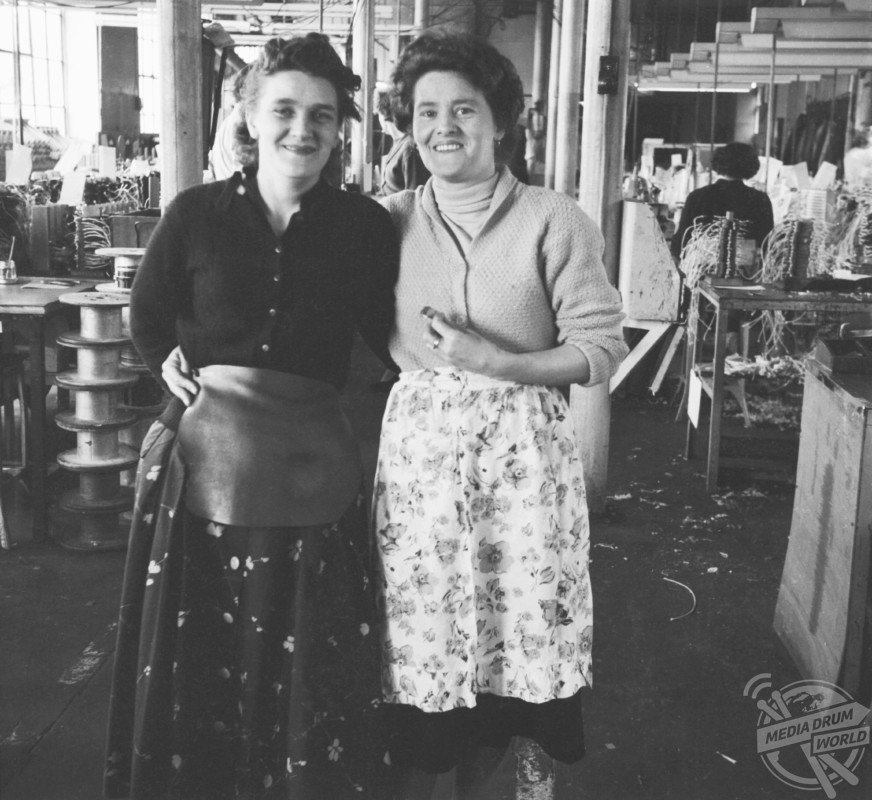
TopFoto / Retronaut / mediadrumimages.com
The 1950s began with austerity and ended with affluence. Economic problems did not last long and by the middle of the 1950s, Britain’s economy boomed. Our industries were powering ahead of our European competitors. In 1950 Britain produced 75% of the world’s cars.
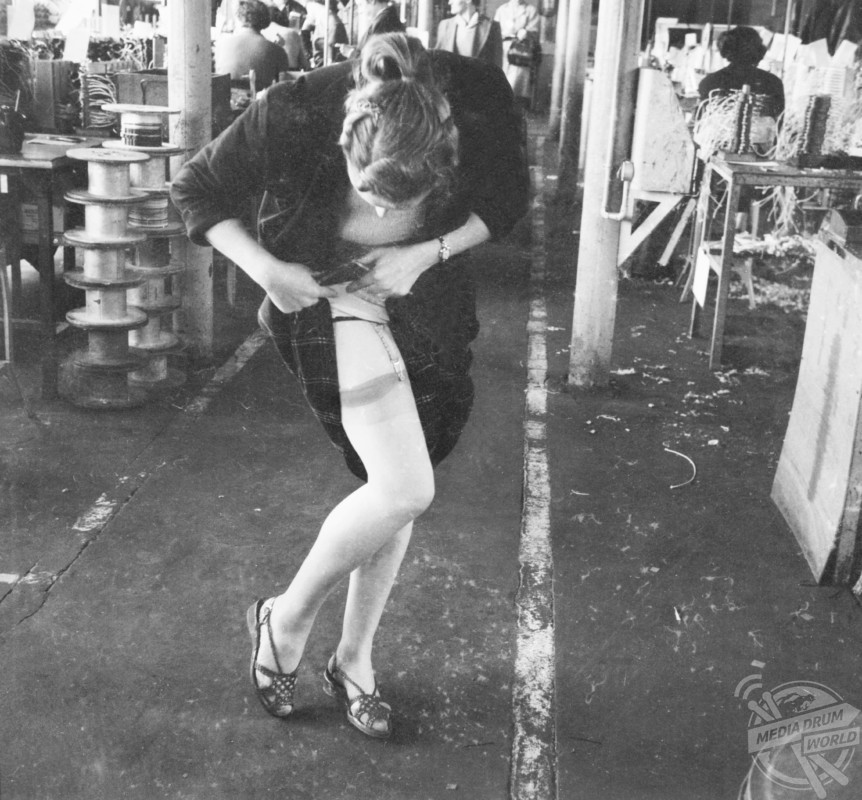
TopFoto / Retronaut / mediadrumimages.com
A demand for skilled labour meant high wage packets and a new affluence for working people. The Prime Minister, Harold Macmillan, captured the spirit of the age when he said “Some of our people have never had it so good”.
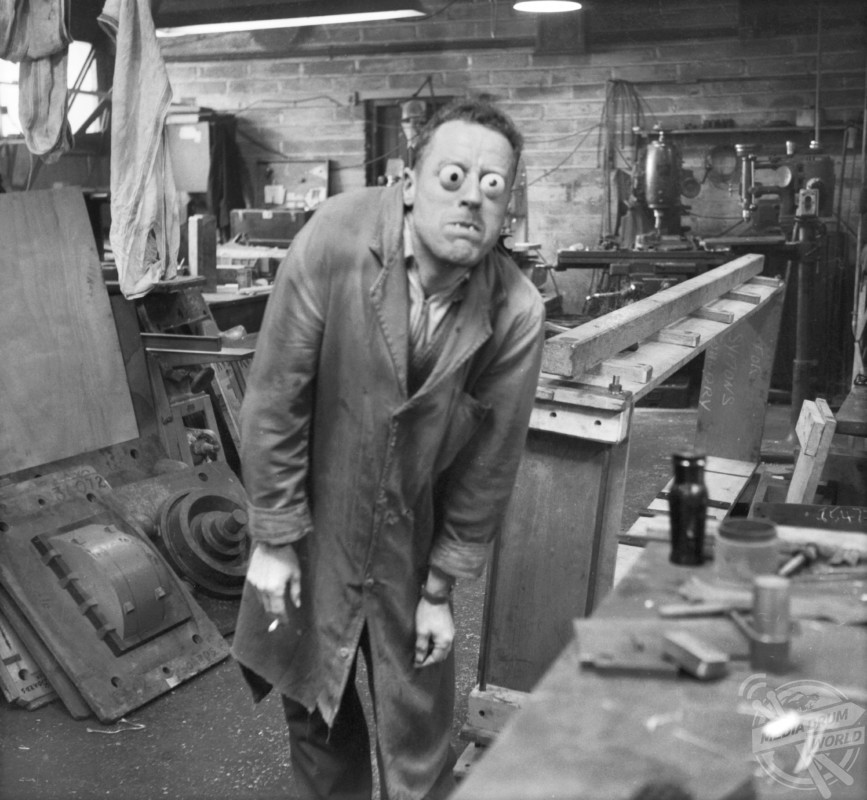
TopFoto / Retronaut / mediadrumimages.com
Television brought the biggest change to people’s lives. In 1950 very few people had a TV set and large areas of the country were not covered by TV transmitters. By 1959 three quarters of the population had access to a set. Other luxuries, such as washing machines and ‘fridges, took second place and many people had to wait until the next decade for them.
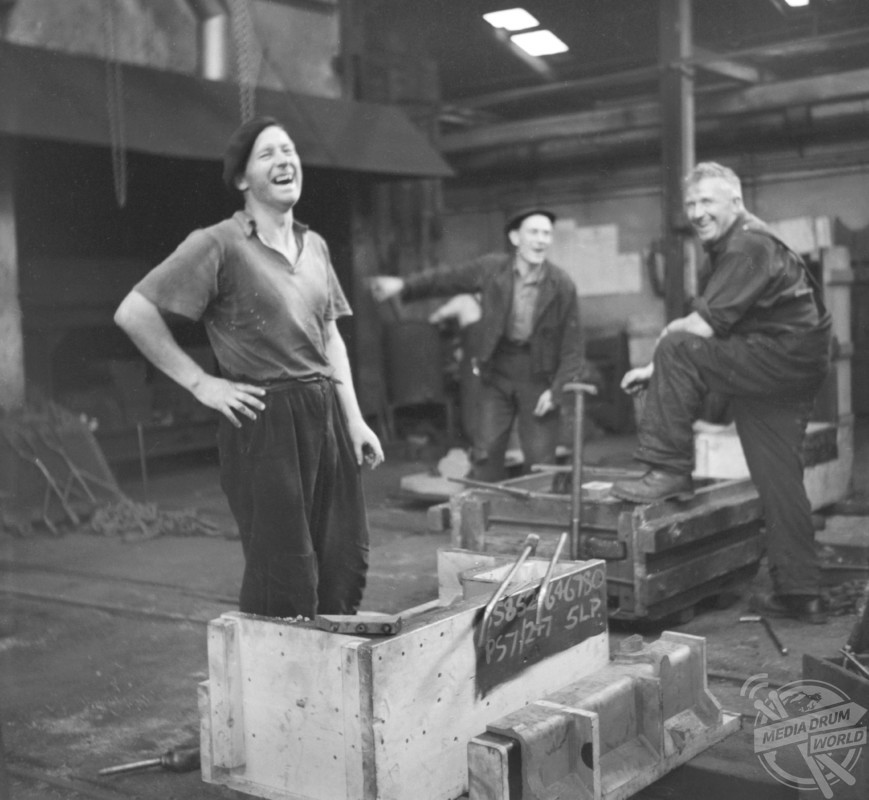
TopFoto / Retronaut / mediadrumimages.com

